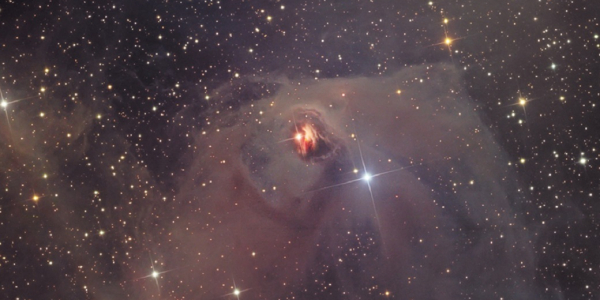Citizen Science,Variable Stars, and the AAVSO - St. Louis Astronomical Society Meeting
Citizen Science is the direct participation by the general public in scientific research. That is typically done by private citizens, using data and images supplied by professional scientists, to join in the research using home computers. Variable stars are stars whose brightness fluctuates, whether in regular or irregular patterns. The AAVSO is an international organization, founded in 1911, of both professional and amateur astronomers interested in variable stars. In this talk, Dr. Kloppenborg will provide a brief overview of citizen science and a review of the different astronomy-related citizen science programs now seeking volunteers. He will also discuss how the American Association of Variable Star Observers (AAVSO) can show new volunteers how to get involved.
Dr. Brian Kloppenborg is an astrophysicist and entrepreneur. He is presently the Executive Director of the American Association of Variable Star Observers (AAVSO). Prior to joining the AAVSO, Brian worked as a Research Scientist at Georgia Tech Research Institute. He also ran a small business that provided data science, machine learning, and GPU accelerated computing services. Brian's research interests include photometry, spectroscopy, astrometry, and long-baseline optical interferometry of eclipsing binaries, novae, and young stellar objects. His work has been published in professional journals such as Nature, the Astrophysical Journal and JAAVSO.
The St. Louis Astronomical Society is an organization for individuals interested in astronomy and telescopes. The public is invited to attend its meetings, telescope observing sessions, and special events. For more information about Astronomical Society events, please visit www.slasonline.org.
Free parking will be available.
Header image: The yellowish star near center in this dusty telescopic skyview is T Tauri, prototype of the class of T Tauri variable stars. Just next door is the yellow cosmic cloud historically known as Hind's Variable Nebula (NGC 1555). Over 400 light-years away, at the edge of an otherwise invisible molecular cloud, both star and nebula are seen to vary significantly in brightness but not necessarily at the same time, adding to the mystery of the intriguing region. T Tauri stars are now generally recognized as young (less than a few million years old), sun-like stars still in the early stages of formation. To further complicate the picture, infrared observations indicate that T Tauri itself is part of a multiple system and suggest that the associated Hind's Nebula may also contain a very young stellar object. The naturally colored image spans about 7 light-years at the estimated distance of T Tauri. Credit: https://apod.nasa.gov/apod/ap140503.html

